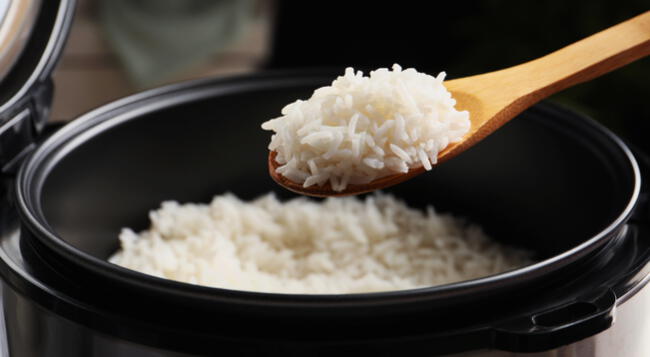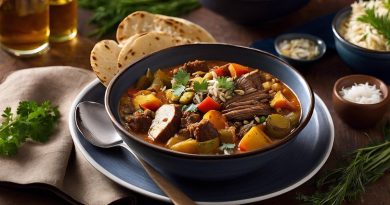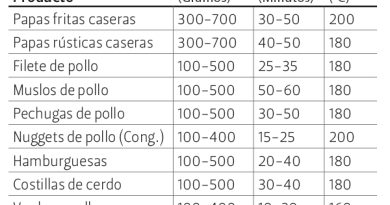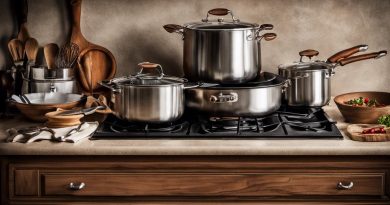10 tips for cooking rice
In Chef’s Recipes, we are interested in helping you learn how to cook well, that’s why we bring you these 10 tips for cooking rice to make it succulent.
Despite the fact that rice cooking instructions are usually simple and easy to follow, it is common to end up with a texture that is too sticky and moist in the grain. This problem can occur regularly, even for the most experienced cooks.
In addition, rice often sticks to the bottom of the pot and can be quite a challenge to clean afterwards. In these situations, it is common for the rice to burn and make the situation even worse. Therefore, it is important to carefully follow the cooking instructions and maintain constant attention to avoid these common problems in rice preparation.
Tips, recommendations, and advice for cooking rice.
With these instructions, without a doubt, you will solve the question that many people have, which is “How to cook rice?” In addition, you will learn to cook this delicious food like an expert in the field.
There are various reasons behind the sticky and undesirable texture of rice, but to help you achieve exceptional results, Chef Recipes offers you 10 tips to get the perfect texture and flavor in this popular accompaniment to meats, salads, and soups.
1. Choose an appropriate pot
Often, we tend to blame our cooking utensils when a recipe doesn’t turn out as expected, but in the case of rice, we cannot evade our responsibility.
Despite following the step-by-step instructions to the letter, using precise quantities and keeping an eye on the correct time, the final result can be different from what we wanted.
It is very common for rice to stick to the pot, which can become a real nightmare when it comes to cleaning. Therefore, it is important to use pots in good condition and preferably without scratches on their Teflon to ensure a cooking process without burnt grains.
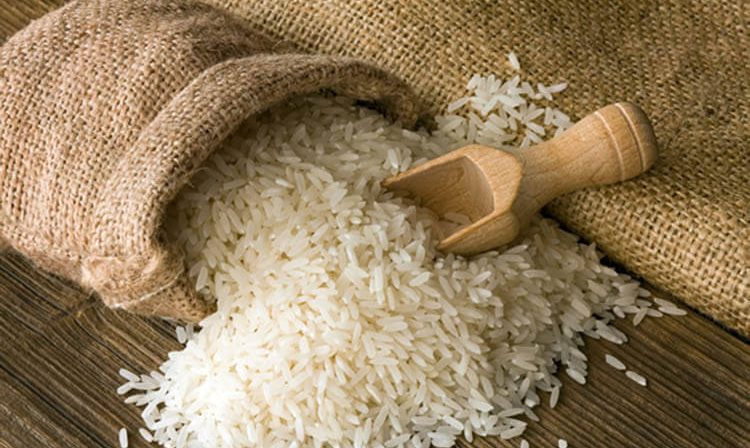
2. Should you wash rice?
Just like with other foods that we buy in stores or supermarkets, it is recommended to wash or disinfect rice before preparation. This way, any remaining dirt or harmful microorganisms can be eliminated. However, there are some important considerations to keep in mind when cleaning rice.
It is preferable to let it dry after washing, using a measure of 2 cups of water for each cup of rice. If we wash the rice but do not dry it properly, we will end up with an excess of water that can affect the final result. If we want to clean it, it is recommended to make sure it is completely dry before preparation, this way the grains will be loose and have an appropriate texture.
3. Knowing how to differentiate and use each type of rice properly
Each type of rice has its own characteristics, from different cooking times to variations in texture when cooked.
Long-grain white rice is the most common type of rice and generally produces a drier result. On the other hand, short-grain white rice is used in dishes such as sushi or risotto, where a sticky and creamy texture is needed to roll the Japanese maki.Brown rice, on the other hand, retains a layer called bran, which makes it require more water to cook. Therefore, it is common to use up to 3 cups of water per cup of rice and have a longer cooking time than long-grain white rice.
Brown rice, on the other hand, retains a layer called bran, which makes it require more water to cook. Therefore, it is common to use up to 3 cups of water per cup of rice and have a longer cooking time than long-grain white rice.
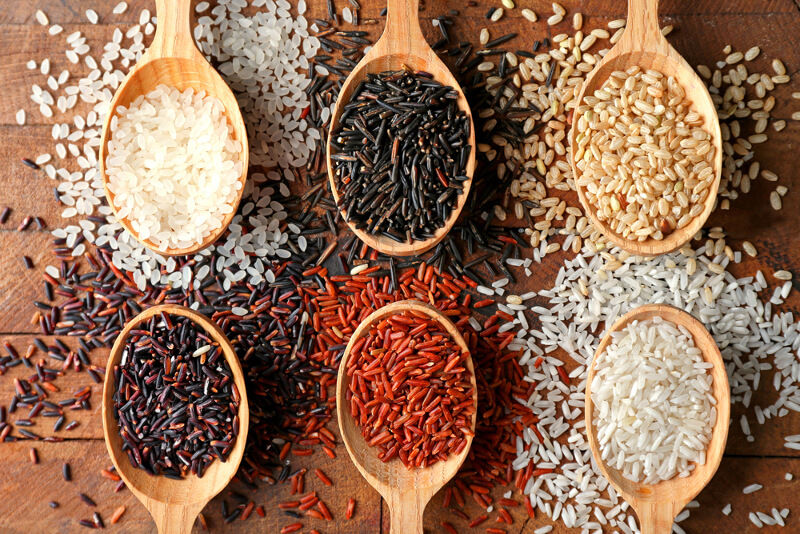
4. Pay attention to the cooking time of the rice
To achieve perfectly cooked rice, it is important to pay attention to the minutes that pass during its preparation and avoid overcooking or burning it, as well as preventing it from being too moist or undercooked. Although this may be a challenge, it can be made easier by timing it with a clock and being attentive to the condition of the pot.
In this way, by being more careful and precise in the preparation of the rice, a delicious and consistent result can be obtained, which will perfectly accompany any dish.
5. Pay attention to the cooking temperature of the rice.
To achieve a perfect texture in the rice, it is essential to take into account the key step of lowering the temperature once the water has evaporated and been absorbed. If we maintain a very high temperature throughout the cooking process, we will not achieve the desired result.
By following these steps, we will achieve perfect rice:
At the beginning, we must heat the water and add the rice with high heat; when we notice that the pot is drying out, we must lower the temperature to medium or medium-low heat until the cooking is finished.
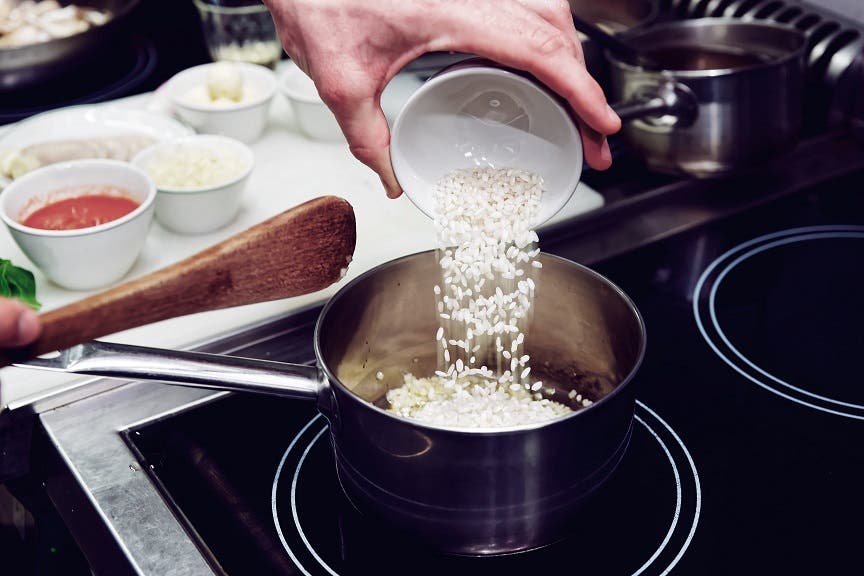
6. The key lies in the amounts of rice and water
In the process of cooking rice, the amount of water used is crucial to achieve a perfect texture. For the white, long-grain variety, the recommended ratio is 2 cups of water for every 1 cup of rice. It is important to remember that salt, although it can vary in amount, is not the main factor in the rice-water ratio. Therefore, when cooking rice, we must focus on the appropriate amount of water to obtain an optimal result.
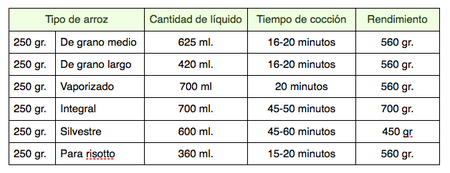
7. The rice must be allowed to rest
The preparation of rice is a task that does not require much time, but we must be careful not to skip any steps, even when we are in a hurry and eager to eat. One of the most important moments is at the end, when the rice is close to being ready.
It is recommended to turn off the heat or cover the pot and let the rice rest for about 5 minutes. In this way, we give it enough time to finish cooking and obtain an ideal texture, with the grains separated. This is a fundamental step to ensure that the rice is at its perfect point and is a success on the table.
8. Cooking with an electric stove is different. Be careful
The choice of cooking appliance can influence the cooking process of our rice. If we use a gas stove, the temperature decreases rapidly when we turn off the heat, while if we use an electric stove, it can maintain heat for a prolonged time.
For this reason, if we opt for an electric stove and want to ensure that our rice does not overcook, it is recommended to move the pot to another burner that is not hot once we turn off the heating element. In this way, we avoid the rice from continuing to cook and obtain the desired result in terms of texture and consistency.
9. To cover or not to cover the pot when cooking rice?
When it comes to cooking rice, it’s not only important to follow a good ratio of water and rice, but also to know when to cover the pot. In this regard, the key lies in identifying the right moment to do so.
In the first few minutes of cooking, while the water is heating up and boiling, it’s not necessary to cover the pot. Once the rice is added, one should pay attention to know when to reduce the heat and cover the pot. This moment is usually when the water has evaporated and been absorbed, and the rice is starting to cook. It’s important to keep the pot covered until the end of cooking to achieve the appropriate texture and consistency.
In addition, by covering the pot, it allows the rice to absorb the steam and cook evenly, without the risk of burning or sticking to the bottom of the pot. With these simple steps, perfectly cooked and delicious rice can be achieved.
10. We don’t need to stir the rice too much, it’s not necessary
When preparing rice, we often make the mistake of constantly stirring it in the pot to prevent it from sticking. This may seem like a good idea, but it can actually affect the texture and the rice’s ability to absorb water. It’s important to use quality utensils to prevent the rice from sticking to the bottom of the pot, rather than relying on constant stirring.
By constantly stirring the rice, the movement can interfere with its texture and ability to properly absorb water. It’s better to stir it a little at the beginning to ensure it doesn’t stick to the bottom of the pot, and then let it cook without interference. Additionally, using quality utensils can make a difference when cooking rice.
Additional Tips on Cooking Rice
Rice is a very versatile food that allows us to experiment with different flavors and colors to create unique dishes. One advantage of this food is the great freedom we have to add different flavors and colors to create contrasts in our palate.
If we want to give rice a twist, we can try some recipes like:
- Mexican rice, characterized by a reddish color thanks to the mixture of tomatoes and/or carrots with onion and garlic. Fried rice, in which the rice is fried for a few minutes in oil with spices and vegetables before cooking it in water, giving it a firmer texture.
- Rice carreteiro, originating from Brazil, is prepared in the form of a stew with leftover meat and vegetables such as tomatoes, onion, garlic, and bell pepper, and mixed with the rice. We can cook the rice in this stew or separately and mix everything at the end. Green rice, in which we mix an aromatic herb such as parsley or cilantro, with a leafy green vegetable such as spinach or chard, which we blend in water and then use to cook the rice. The result is rice with an intense green color and a unique flavor.
- Another option to give rice a twist is to prepare the coconut version, a classic in Caribbean cuisine that is a perfect companion for fish. Instead of water, we use coconut milk to cook the rice, which gives it a dark color with brownish touches and a slightly sweet flavor that is simply fabulous. The process and quantities are the same as for conventional rice, but the result is a delicious variant of rice that you cannot miss.
How to store rice?
This food has a great advantage in that it is easy to preserve for several days, allowing us to use it in different meals throughout the week. To achieve good preservation, it is important to follow some tips.
Firstly, it is necessary to let the rice cool before storing it in the refrigerator. Hot or freshly cooked rice should not be stored in the refrigerator as this can generate condensation and increase the moisture in the container, which can promote the growth of bacteria and mold. Therefore, it is recommended to let the rice cool to room temperature before placing it in an airtight container.
On the other hand, it is important to use an airtight container to store the rice. This way, it prevents air from coming into contact with the rice, which can promote the growth of microorganisms that can damage it. It is recommended to use a container with an airtight lid to store the rice in the fridge. In addition, it is important to consume the rice stored in the fridge within 3-4 days to avoid health problems.
At Chef’s Recipes, we are interested in teaching you, but we also need your support. You can help us by sharing this note on your social networks.
You can also stay informed with the best news from Guatemala.

